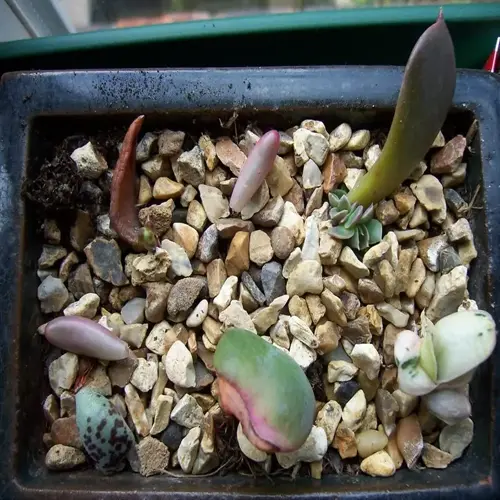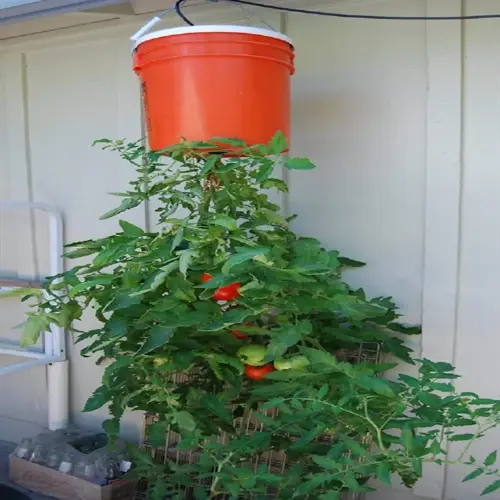How should Swiss chard be cooked?

Written by
Nguyen Minh
Reviewed by
Prof. Samuel Fitzgerald, Ph.D.Properly cooking Swiss chard ensures that it retains maximum flavor and nutrition. The "trick" is to keep the stems and leaves separate. They take different times to cook. I always cook the stems first for 5 minutes, just until tender-crisp. Then I add the torn leaves for 2-3 minutes, just until they wilt. This way, it maintains a beautiful texture and nutrients.
Stem Processing
- Chop stems into ½-inch pieces for even cooking
- Remove any fibrous strings along the edges
- Blanch tough stems 2 minutes before sautéing
Leaf Handling
- Tear leaves along veins instead of cutting
- Soak in cold water to remove grit and sand
- Pat dry thoroughly before cooking
Flavor Building
- Sauté aromatics first (garlic/shallots)
- Deglaze pan with lemon juice or vinegar
- Finish with toasted nuts or grated cheese
Leverage sautéing techniques to achieve the results of a restaurant. Heat olive oil until it shimmers, then add the stems. Cook vigorously (do not move the pan) for 2 minutes to achieve some caramelization on the stems. Minced garlic can be added during the last 30 seconds of cooking. Use tongs to toss the leaves until they begin to collapse. Add lemon zest and red pepper flakes at the end.
Nutrient retention is dependent on how heat is controlled. When steamed properly, it retains about 90% of its vitamins. You can buy a bamboo steamer or use a small pot with a tight lid. Be sure you steam the stems 4 minutes before adding the leaves. The stems will be done when they bend easily but still retain a snap. I immediately lift them out of the pot and place them in ice water, which stops the cooking process.
Here are some effective solutions to common cooking problems. First, if your stems are bitter, blanch them first in salted water for 3 minutes. Second, if the leaves are too mushy, make sure to dry them well before cooking. My go-to for rescuing overcooked chard is: shock in ice water, then sauté briefly in olive oil with fresh garlic. It may not be perfect but the flavor and texture come back!
Read the full article: How to Grow Swiss Chard Successfully

